Understanding the Basics of Blackjack
Players aim to beat the dealer by having a higher card total without exceeding 21. Each card’s value contributes to forming the best possible hand.
Card Values
- Numeric Cards: 2-10 hold their face value.
- Face Cards: Jacks, Queens, and Kings each count as 10.
- Aces: Valued at either 1 or 11, depending on which benefits the hand more.
Game Objective
The primary goal is to get closer to 21 than the dealer, all while avoiding a bust (exceeding 21). Knowing the possible outcomes of each hand is paramount to making informed decisions.
Gameplay Structure
- Placing Bets: Players start by placing their bets before any cards are dealt.
- Dealing Cards: Each player receives two cards, and the dealer also takes two cards, with one card face up.
- Player Decisions: Players can choose to “hit” (take another card) or “stand” (keep their current cards).
Dealer’s Rules
Dealers play by strict rules to ensure fairness. The dealer must hit until their cards total 17 or higher. This sets a predictable pattern for player strategies.
- Blackjack: An Ace and a 10-point card dealt initially offer an instant win.
- Better Total: Ending with a total higher than the dealer without busting.
By mastering these basics, players build a strong foundation for using advanced strategies. Always remember, a solid understanding of these fundamentals is essential for any successful blackjack strategy.
Proven Techniques for Winning at Blackjack

Mastering blackjack involves using proven techniques. Learning these methods increases the chances of winning against the dealer.
Card Counting
Card counting gives players an edge by tracking the high and low cards in the deck. Start by assigning values to cards: +1 points for cards 2-6, 0 points for cards 7-9, and -1 points for 10s, face cards, and aces. Keep a running count based on these values to determine the deck’s composition. When the count is high, the player has an advantage and can increase bets. However, casinos often counteract card counting with measures like shuffling more frequently or employing multiple decks.
Basic Strategy Charts
Basic strategy charts offer a roadmap for making decisions in various game scenarios. By memorizing these charts, players can make mathematically optimal decisions based on their hand and the dealer’s upcard. For example, always hit on a hand value of 8 or less and stand on 17 or more. Use charts tailored to specific blackjack rule variations for best results. Studies show that using a basic strategy can reduce the house edge to as low as 0.5%.
Bankroll Management
Effective bankroll management prevents players from losing their entire stake quickly. Set a budget and stick to it, ensuring that bets align with your overall bankroll. Good practice involves betting only 1-2% of your total bankroll on a single hand. This approach helps withstand losing streaks and maximizes longevity at the table. Avoid chasing losses, and know when to walk away from the table. Managing your bankroll effectively allows for sustained play and increases the likelihood of profitability.
Advanced Strategies
In this section, I’ll delve into advanced blackjack strategies. These techniques, though more complex, can significantly boost your advantage.
Shuffle Tracking
Shuffle tracking involves keeping an eye on specific groups of cards during the shuffle process. By observing the shuffle, I can estimate where certain high or low cards might end up in the deck. Professional players use this to predict favorable betting times and when to adjust their strategies accordingly. This technique requires practice and a good understanding of dealer shuffling habits.
Hole Carding
Hole carding is the practice of trying to catch a glimpse of the dealer’s face-down card. If I manage to see the value of the hole card, it dramatically shifts the odds in my favor. This method often depends on specific dealers who aren’t careful when dealing cards. While it’s not always possible, successfully identifying the hole card allows me to make more informed decisions, such as when to hit, stand, or double down. Leveraging this information can turn the tide quickly in a game.
The Importance of Discipline and Patience
Discipline and patience are crucial for consistent success in blackjack. Effective management of these traits can significantly influence your outcomes at the table.
Setting Limits
Setting limits is vital to maintaining control and avoiding unnecessary losses. I set both win and loss limits before I start playing. For example, I might decide to stop if I win $200 or lose $100 in a session. This practice helps me stay disciplined and ensures that I leave the table either with profit or minimized losses, protecting my bankroll.
Knowing When to Walk Away
Knowing when to walk away is a key aspect of maintaining long-term gains. I observe my limits and indicators, such as reaching my preset win/loss limit or feeling emotionally affected. If I ignore these signs, I may end up making poor decisions. Walking away at the right time preserves my gains and prevents excessive losses, crucial for sustained success in blackjack.
Common Mistakes to Avoid
Preventing common errors can significantly improve your blackjack game. Here are the mistakes to watch out for:
Not Knowing Basic Strategy
Neglecting the basic strategy, like hitting on 16 when the dealer shows a 7, can lead to unnecessary losses. Master the basic strategy by using charts to make accurate decisions.
Ignoring Bankroll Management
Mismanaging your bankroll can quickly deplete your funds. Always set a budget before playing and stick to it. For example, if your budget is $200 for the session, don’t exceed this amount even if you’re losing.
Playing Unfavorable Variants
Certain blackjack variants have worse odds for players. Avoid games like 6:5 blackjack and opt for traditional 3:2 games where you stand a better chance.
Chasing Losses
Trying to recoup losses by increasing bet sizes can lead to significant financial trouble. Stick to your initial betting plan to avoid spiraling into bigger losses.
Not Paying Attention
Distractions can lead to poor decisions. Stay focused on the game, observing the dealer’s card and other players to make informed choices.
Overestimating Card Counting
Card counting requires extensive practice and isn’t always feasible at casinos with constant shuffling. Don’t rely solely on this technique unless you’re highly skilled.
Failing to Set Limits
Forgetting to set both win and loss limits can lead to emotional decisions. Establish clear limits before playing so you know when to walk away, whether you’re up or down.
Ignoring Table Rules
Not knowing the specific table rules, like whether the dealer hits or stands on soft 17, can have a big impact. Always read and understand the rules before sitting down.
Avoiding these common mistakes can greatly enhance your ability to succeed at blackjack.

































































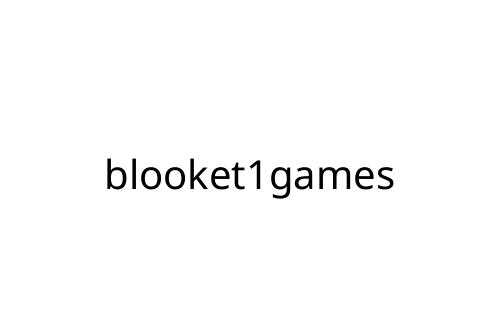








































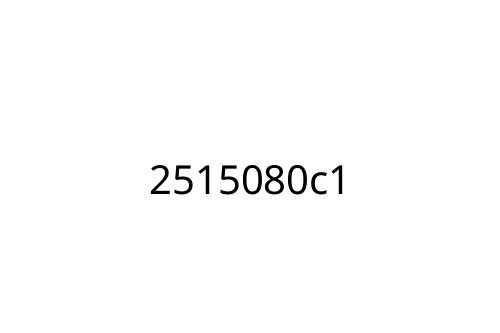


















































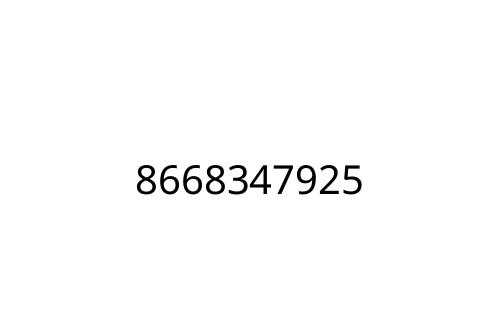




















































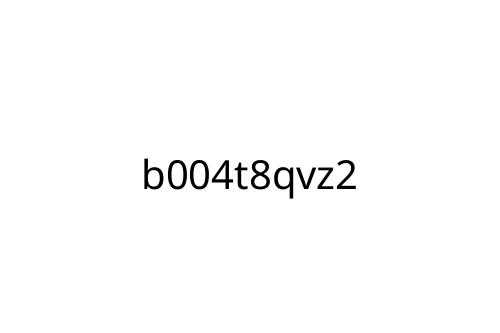






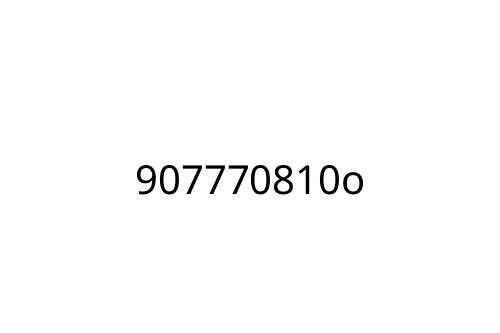
































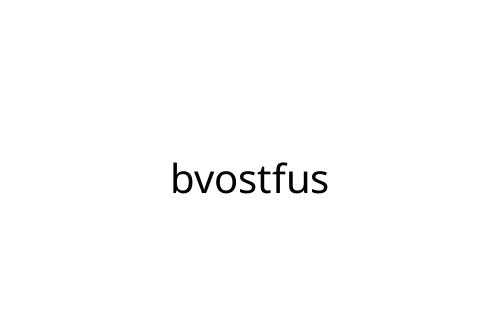









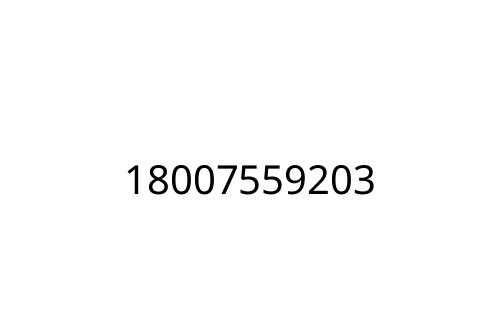






































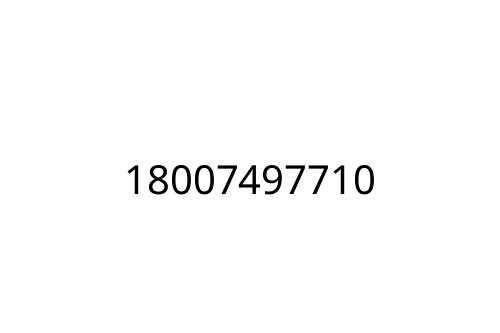









































































































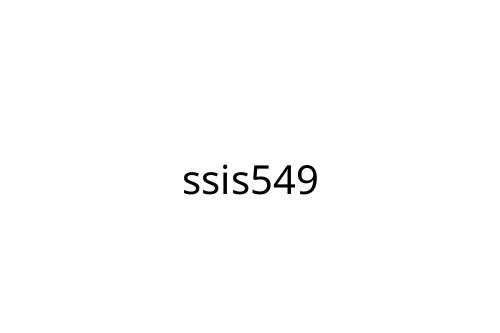



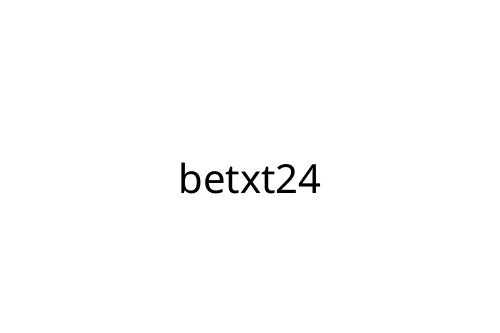























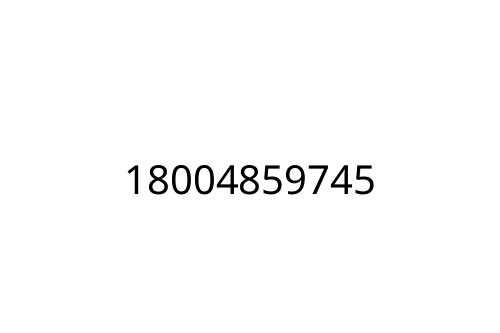




































































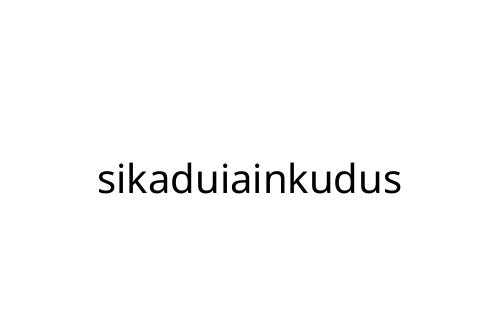























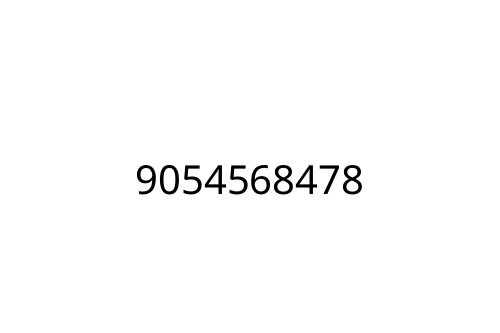



















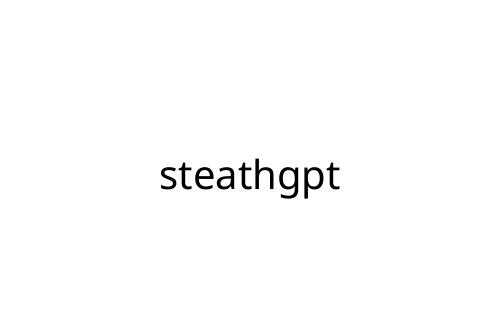








 Earlee Nelsonallers – Founder
Earlee Nelsonallers is the visionary founder of Smart Gamble Land, bringing over two decades of experience in the gambling industry. Passionate about strategy and innovation, Earlee has made it his mission to provide gamblers with advanced insights into winning techniques, effective betting systems, and casino game mastery. His deep understanding of gambling psychology has been the driving force behind the platform's success, making Smart Gamble Land a go-to resource for players seeking an edge. Earlee's dedication to educating and empowering gamblers sets the foundation for the platform's authoritative content.
Earlee Nelsonallers – Founder
Earlee Nelsonallers is the visionary founder of Smart Gamble Land, bringing over two decades of experience in the gambling industry. Passionate about strategy and innovation, Earlee has made it his mission to provide gamblers with advanced insights into winning techniques, effective betting systems, and casino game mastery. His deep understanding of gambling psychology has been the driving force behind the platform's success, making Smart Gamble Land a go-to resource for players seeking an edge. Earlee's dedication to educating and empowering gamblers sets the foundation for the platform's authoritative content.
